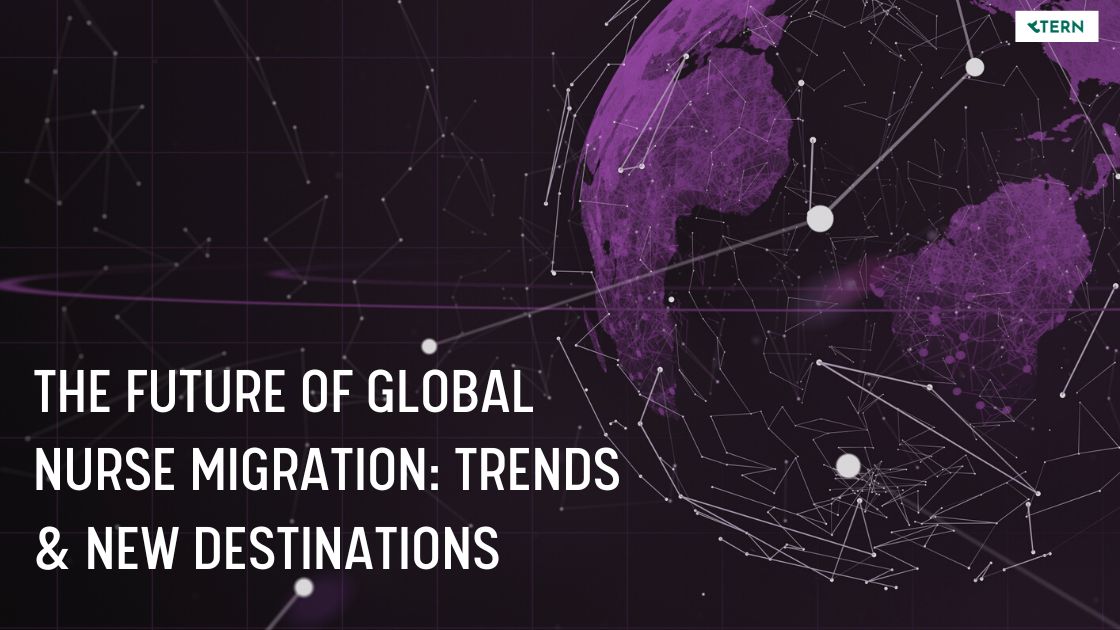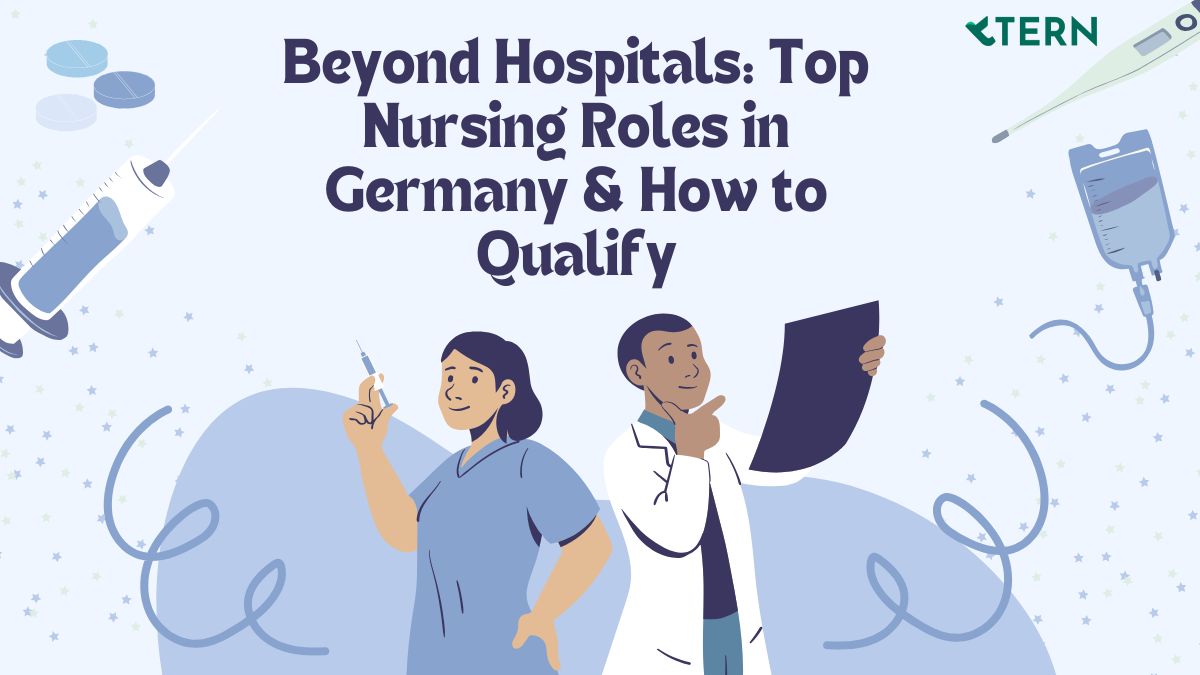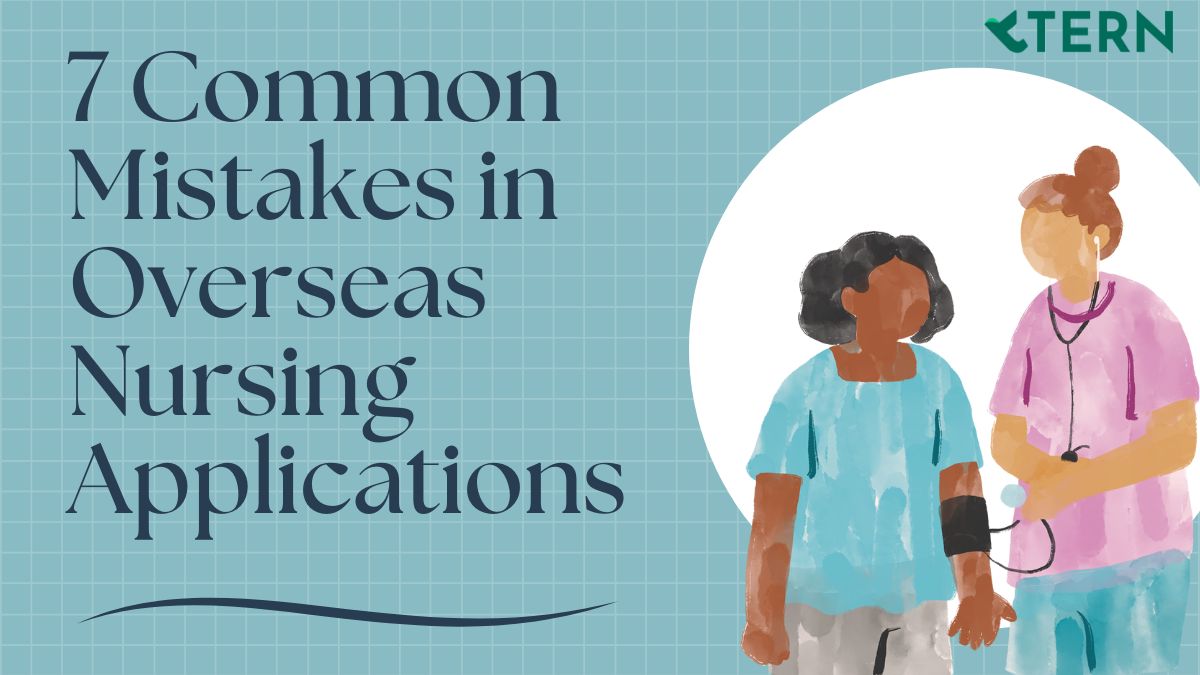Nursing in Germany
July 31, 2025
•
Global Nurse Migration Is Changing: What the Next Wave Means for International Healthcare Recruitment

The global nurse migration landscape, long dominated by predictable pathways like the Philippines to the UK/US or India to the Gulf, is undergoing a seismic shift. Emerging destinations, evolving regional dynamics, and technology-driven recruitment models are rewriting the rules. This blog explores these changes, focusing on Germany’s surging demand, language-barrier nations like Japan and Austria opening up, intra-regional movements in Africa and Asia, and the rise of digital-first recruitment platforms.
Germany’s Exploding Demand
Germany’s healthcare system is grappling with a severe nursing shortage, driven by an aging population and retiring workforce. By 2030, the country could face a deficit of up to 500,000 healthcare workers, with nurses being the most critical gap. To address this, Germany has intensified international recruitment, targeting countries like the Philippines, Vietnam, and China through bilateral agreements. For instance, a Chinese nurse can earn nearly ten times more in Germany than at home, making it an attractive destination. Unlike traditional destinations like the US or UK, Germany prioritizes structured integration programs, including language training and cultural onboarding, to ensure long-term retention. These efforts have made Germany a new magnet for nurse migrants, diversifying the global flow.
Language-Barrier Nations Opening Up
Historically, language barriers have limited nurse migration to non-English-speaking countries. However, nations like Japan and Austria are breaking this mold. Japan, facing a shrinking workforce due to low birth rates, passed legislation in 2016 to ease work visa restrictions for foreign nursing students, allowing them to stay post-graduation. Programs like the Japan-Philippines Economic Partnership Agreement (JPEPA) have facilitated nurse migration, though challenges like language proficiency remain. Similarly, Austria, with its aging population, has streamlined credential recognition for nurses from Eastern Europe and Asia, offering intensive German language courses to bridge the gap. These countries are not just opening doors but actively building pathways for integration, signaling a shift from English-centric migration hubs.
Cross-Border Movement Within Africa and Asia
While South-to-North migration has dominated, intra-regional nurse migration within Africa and Asia is gaining traction. In Africa, countries like South Africa and Nigeria are seeing increased nurse mobility to neighboring nations with better healthcare infrastructure, such as Botswana or Kenya. This shift is driven by push factors like poor working conditions and low pay, coupled with pull factors like regional agreements (e.g., CARICOM in the Caribbean, which could inspire similar African frameworks). In Asia, countries like Singapore and Malaysia are emerging as hubs for nurses from Indonesia and the Philippines, offering better wages and professional development without the cultural shock of Western destinations. These movements reflect a growing preference for shorter, regional migrations over long-haul relocations.
Digital-First Recruitment Models
Traditional nurse recruitment, often reliant on physical agencies and lengthy processes, is being disrupted by digital platforms. Online recruitment models are streamlining hiring, connecting nurses directly with employers through platforms like LinkedIn or specialized healthcare job boards. For example, Germany’s recent agreements with Vietnam include virtual training programs, allowing nurses to begin language and cultural preparation before leaving home. These platforms reduce dependency on intermediaries, cutting costs and risks of exploitation. Moreover, AI-driven matching systems are improving fit between nurses’ skills and employers’ needs, enhancing retention. This digital shift is particularly impactful for nurses from low-income countries, who can now access global opportunities with fewer barriers.
Why the Old Paths Are Fading
The traditional pipelines—Philippines to the US/UK, India to the Gulf—are under pressure. The Philippines, the world’s top nurse exporter, is facing domestic shortages as its healthcare system struggles to retain talent. India, meanwhile, is diversifying its migration destinations, with nurses increasingly heading to Germany and Australia rather than solely the Gulf. Economic shocks, like the 2008 recession, and health crises, like COVID-19, have exposed vulnerabilities in these pipelines, prompting source countries to prioritize self-sufficiency. Additionally, ethical concerns about “poaching” nurses from low-income nations have led to stricter regulations, like the UK’s 2005 ethical recruitment standards, pushing destination countries to explore new sources and methods.
The Road Ahead
The next wave of nurse migration will be defined by diversification—of destinations, source countries, and recruitment methods. Germany’s proactive approach, language-barrier nations’ openness, and intra-regional movements signal a move away from traditional hubs. Digital recruitment is democratizing access, but challenges remain: credential recognition, cultural integration, and addressing brain drain in source countries. To balance global demand with ethical considerations, destination countries must invest in sustainable workforce development, while source countries need support to build robust domestic healthcare systems.
The future of nurse migration is not a one-way street but a complex, interconnected network—one that demands innovative, equitable solutions.
Whether you're a nurse exploring new destinations or a healthcare employer navigating workforce shortages, platforms like TERN are redefining what’s possible.
Ready to rethink recruitment or relocation?
- Contact us on WhatsApp: Message us here to start your journey.
- Sign up on our platform: Visit our AI-powered platform to create your profile and explore opportunities.
- Fill out our form: Apply now by filling your details here!
Want to join the TERN team? Check out our listed jobs here. Whatever it is, don’t wait—your dream career is within reach with TERN. Join thousands of others in building a brighter future in global healthcare.





%20(1200%20x%20630%20px)_page-0001.jpg)

